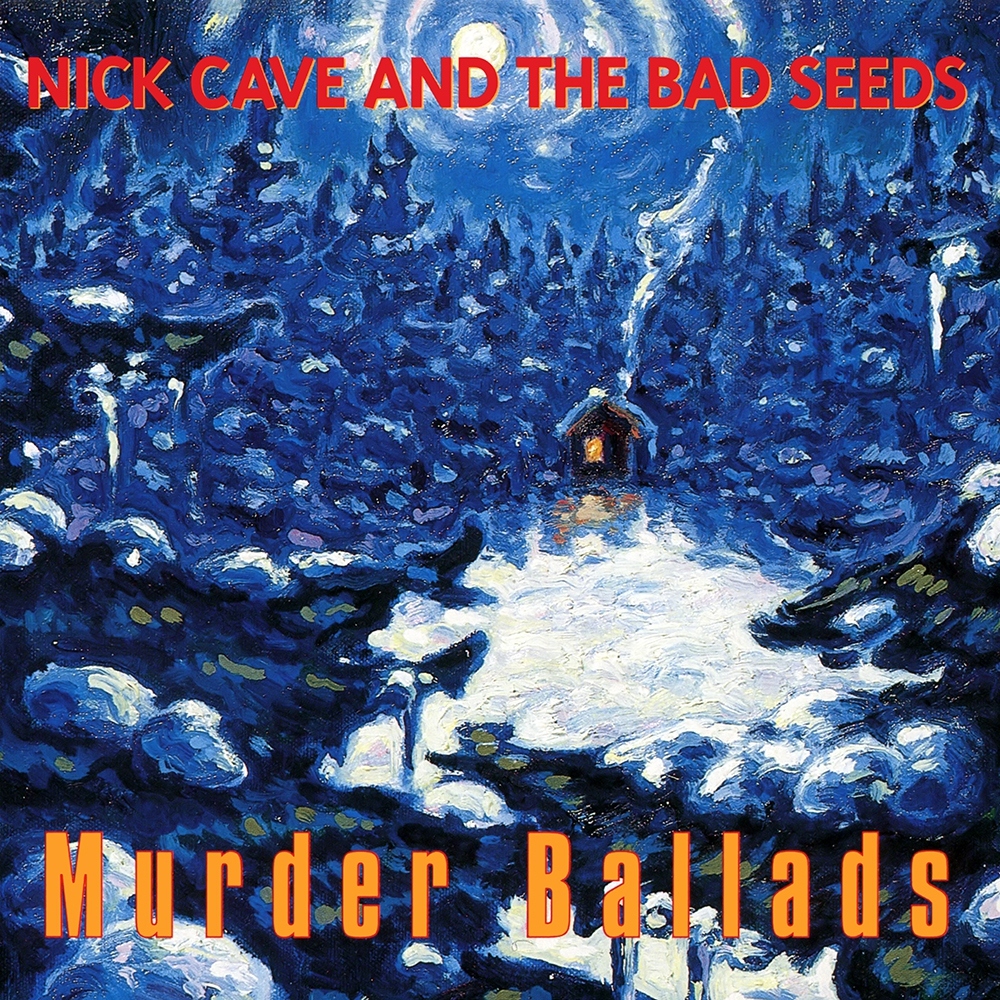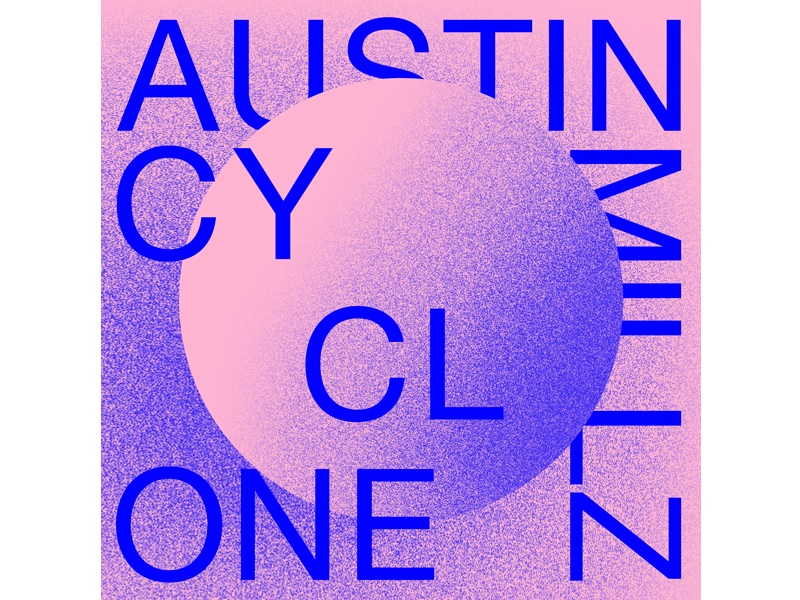
Back in 1996, the legendary Nick Cave And The Bad Seeds released yet another masterfully dark album: Murder Ballads. Drawing on a musical tradition that stretches back as far as the mid-17th Century, a collection of ten songs, some traditional and some composed originally by Cave, paint a ghastly picture of the potential violence and essential vulnerability of human beings.
This result is achieved through many different perspectives on the matter of murder, and none of it makes for easy listening. Somehow, the disturbing nature of the music is part of its repulsive allure, and there is very little that can be said in criticism of this now 22-year old album. Indeed, when it was originally released, Murder Ballads was praised across the board, and in just five years, it sold almost a million copies.
Whether we want to admit it or not, the macabre holds a deep fascination for people, and Cave capitalises on this to the maximum: in a Rolling Stone review of Murder Ballads, around 63 people are counted as being killed. But the truly unsettling power of the music lies primarily in the shifting identification of the listener with the ‘main character’ of each song.
In some (such as “Henry Lee” [feat. PJ Harvey] and “Song Of Joy“), sympathy is encouraged for the victims of murder by way of a profound sense of tragedy. In “Henry Lee”, a melancholy duet is shared by Cave and Harvey, and there is much pathos in their lament of his mournful fate.
In others, however (take “Stagger Lee” for example, one of the traditional ballads on the album), the killer, him or herself, is the focus of attention. Whilst this latter category does not explicitly demand sympathy, it reduces the distance between the audience and the violent act itself. The difference in musical style here is striking. The melodious sorrow of Cave’s deep voice is transformed by a wild sense of aggression: think Tom Waits on Glitter and Doom Live.
This is taken even further in “O’Malley’s Bar“, where Cave himself becomes the murderer for 14 and a half minutes, and boasts of his visceral killing spree. In “Stagger Lee”, at least the main character is presented as an intriguing force of nature, albeit a dark one. In “O’Malley’s Bar”, on the other hand, there is no attempt whatsoever to rouse sympathy for the nameless killer.
He arrogantly describes the aesthetic appreciation he has of his deeds, describing himself as heroic and handsome in his murder. This is emphasised by the music, in which a concerted effort is made to dehumanise the ‘hero’ of “O’Malley’s Bar”. This is effected by the deliberately out-of-tune singing, animalistic and strangled vocalisations, and the bizarre pronunciation of unusual lyrics.
The agitated and uncomfortable energy of this song permeates a good many others, and the more soulful, heartfelt tracks (like “The Kindness Of Strangers“) seem to provide only momentary respite amongst the brutality. Cave may be drawing on an old musical tradition, but he undoubtedly updates it and gives it a touch of Hollywood with all the graphic and foul-mouthed descriptions of the murders.
Yet the explicit nature of the lyrics is never excessive, and instead renders the album a kind of gruesome curiosity shop. The hellish jazz-cabaret sound confirms this effect – a good example of which is the jaunty and threatening feel of the opening track Song of Joy – and thus Cave achieves a concept album like no other.
But in the final track, “Death Is Not The End“, something very unexpected and ambiguous takes place. Throughout the album, refrains form a large part of the lyrical content: almost every track has a line that is drummed into the listener’s mind over and over again.
This is taken to an extreme in the final song, and the title line acts as a response to an array of deadly scenarios. The hopeful nature of the words are matched by the music, combining to create a fairly uplifting effect, given the tone of the previous 55 minutes.
What is Cave trying to say here? Apart from the obvious message of some sort of afterlife, is there a point about confronting death in our own lives and not consigning it to the realm of horror, secretly praying it will never happen to us?
Perhaps, but perhaps not. It could be that he is trying to balance the darkness that soaks the rest of the album. Either way, Murder Ballads sounds as shocking today as it must have done in 1996, and is without a doubt a true work of art. Purchase it on iTunes here, and stream it below.
Words by Ed Edwards






I have only just discovered this album, and I cannot stop playing it. It is probably the best thing I’ve ever heard. Entertaining, funny, grim
. Then to end it with ‘Death is not the end’ brings you back. Absolute effing genius from start to finish. 11/10